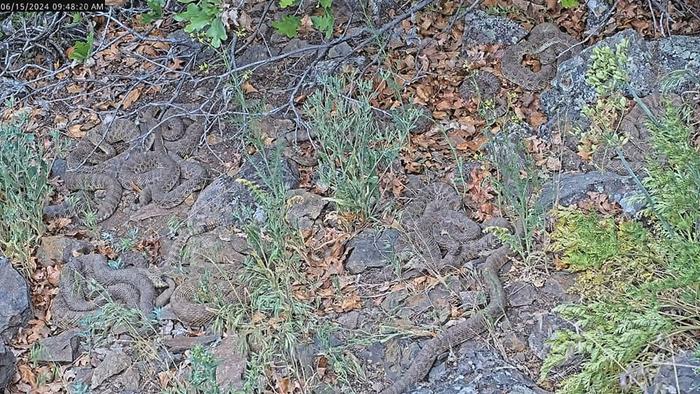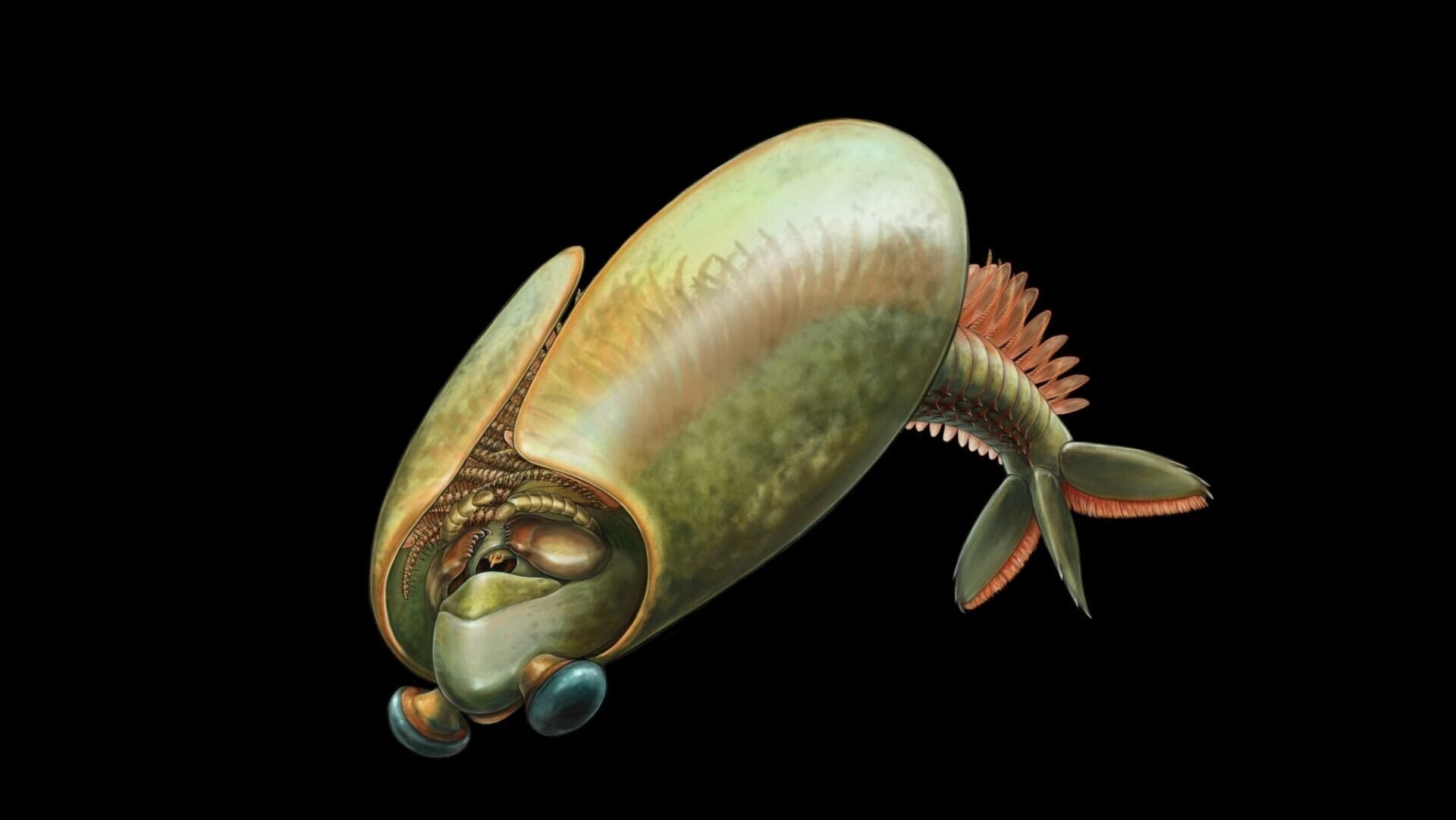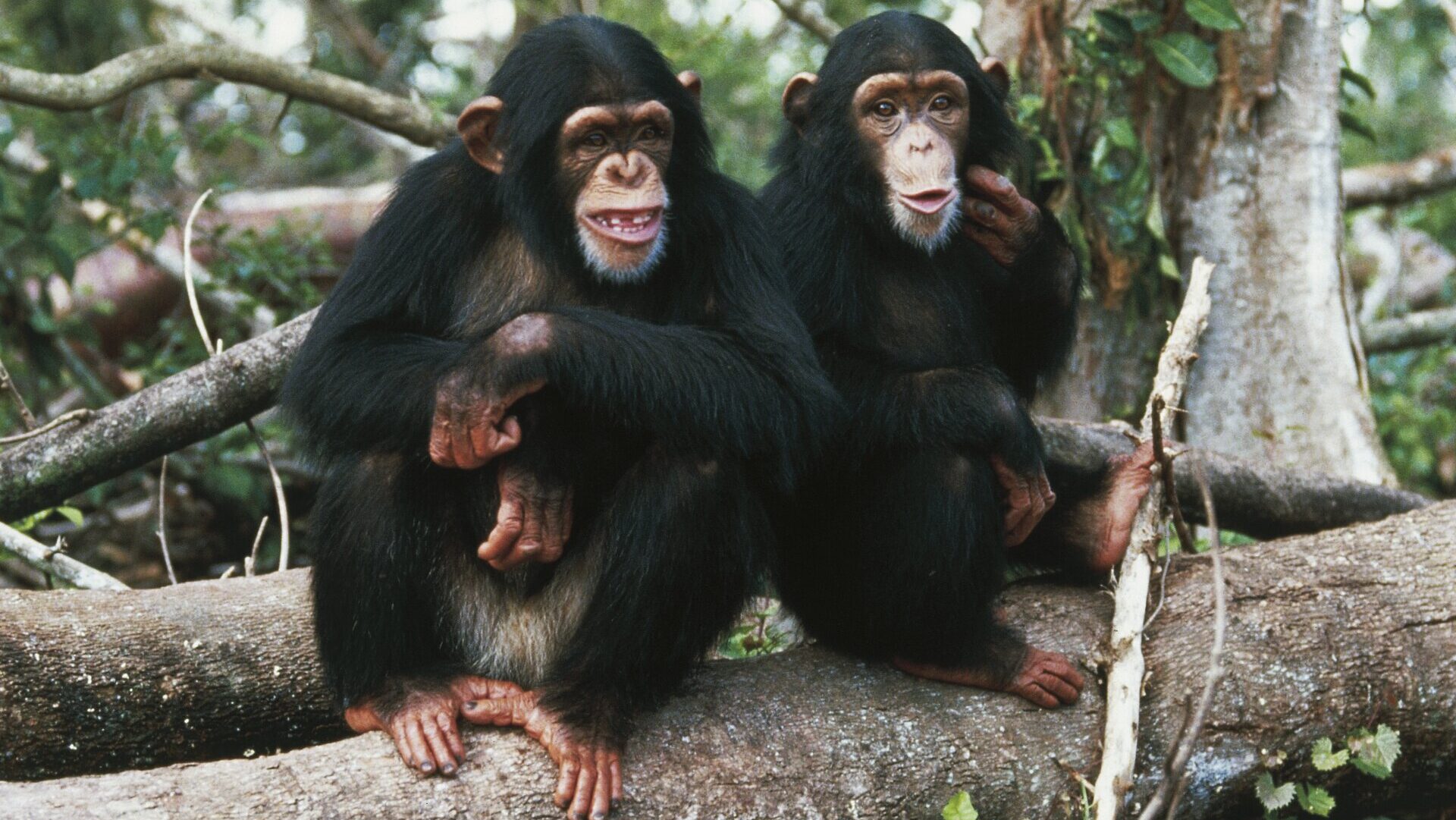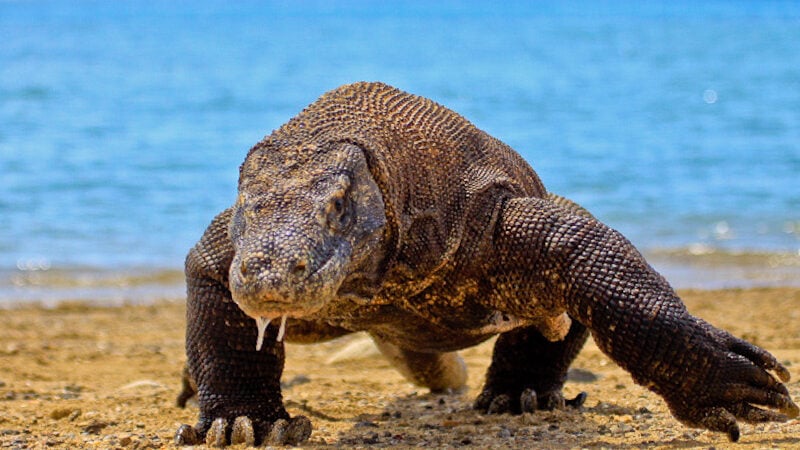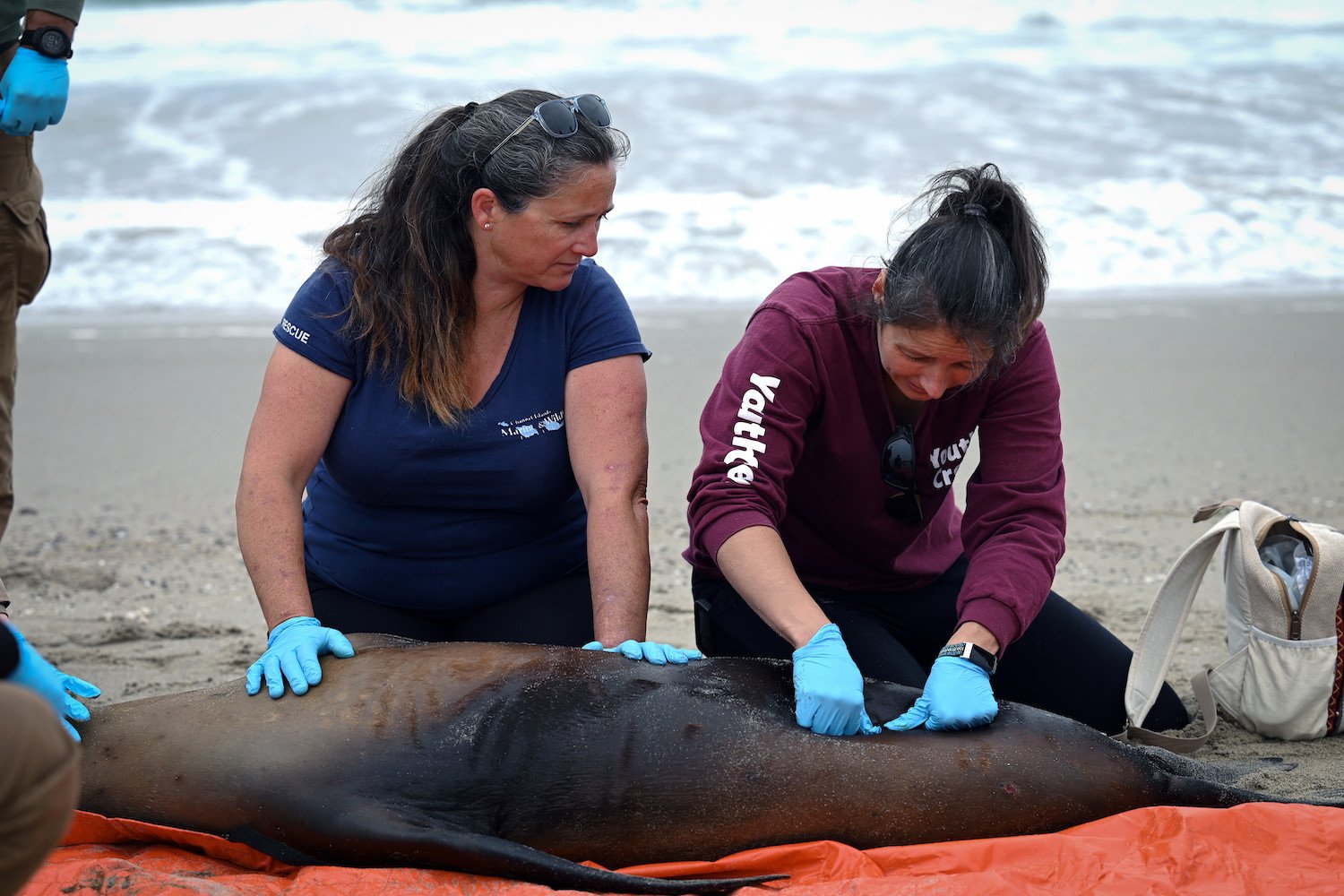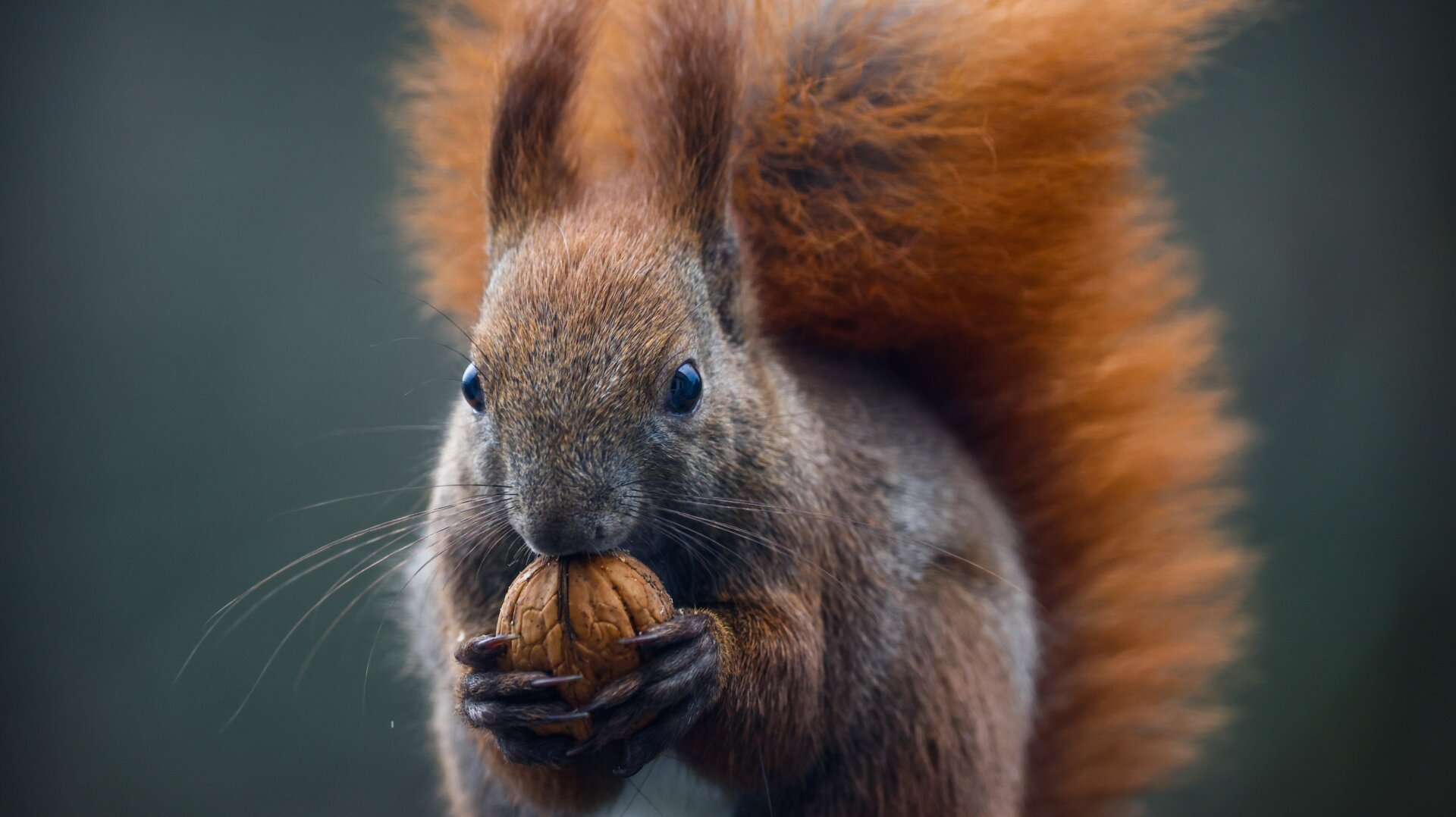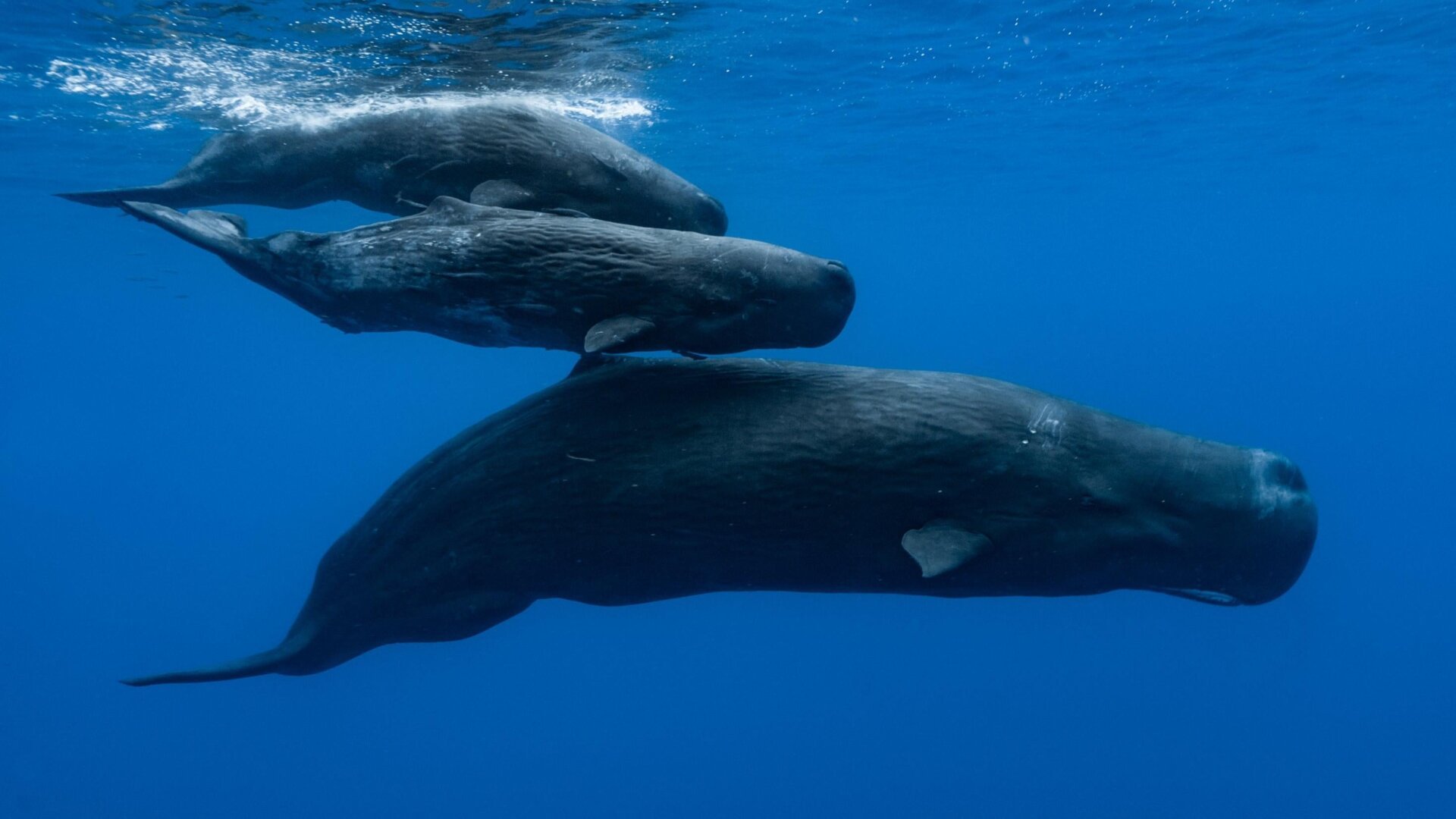The California Polytechnic State University (Cal Poly) offers a fascinating glimpse into the lives of thousands of prairie rattlesnakes, many of whom are pregnant, within their “mega den.” This live feed, part of Project RattleCam, allows viewers to observe these venomous reptiles in their natural habitat. While daytime activity primarily consists of basking in the sun, patient observers may witness rare events like defensive maneuvers against predators or snakes hydrating after rainfall.
Project RattleCam: Uncovering the Secrets of Rattlesnakes
Project RattleCam, a collaborative effort between Cal Poly, Central Coast Snake Services, and Dickinson College, aims to educate the public about rattlesnakes and their ecological significance. The project also seeks to understand how these snakes regulate body temperature, conserve water, and protect themselves from sunburn. The live feed provides valuable data without disturbing the snakes, enabling unbiased scientific observation.
The Mega Den: A Rattlesnake Nursery
Located on a private property in Colorado, the den becomes a bustling nursery in late summer or early fall as rattlesnakes give birth to live young. Unlike most snakes, rattlers don’t lay eggs but deliver up to 13 babies at a time. This period offers a unique opportunity to observe the fascinating reproductive behavior of these often-misunderstood creatures.
Tune in for Live Rattlesnake Action
The live stream is accessible via the Project RattleCam website and YouTube. Viewers are encouraged to share their observations, which have already included nighttime rodent encounters within the den. Male snakes are anticipated to return from hunting in September, after which the den will likely enter hibernation until spring.
From Time-Lapse to Live Stream: Enhanced Observation
This isn’t the first time the team has provided access to the Colorado mega den. A previous still camera captured images every five minutes, creating a time-lapse feed. However, the new solar-powered video camera provides significantly richer insights into the snakes’ habits and behaviors.
Debunking Rattlesnake Myths
“This livestream allows us to collect data on wild rattlesnakes without disturbing them, facilitating unbiased scientific discovery,” says Emily Taylor, project leader and Cal Poly biological sciences professor, in a press release. “But even more important is that members of the public can watch wild rattlesnakes behaving as they naturally do, helping to combat the biased imagery we see on television shows of rattling, defensive and stressed snakes interacting with people who are provoking them.”
Optimal Viewing Times
While the feed can be less active during peak sun hours, the researchers recommend tuning in during the morning and early evening for the most engaging viewing experience. Witnessing the natural behaviors of these fascinating creatures offers a unique perspective on their vital role in the ecosystem.



